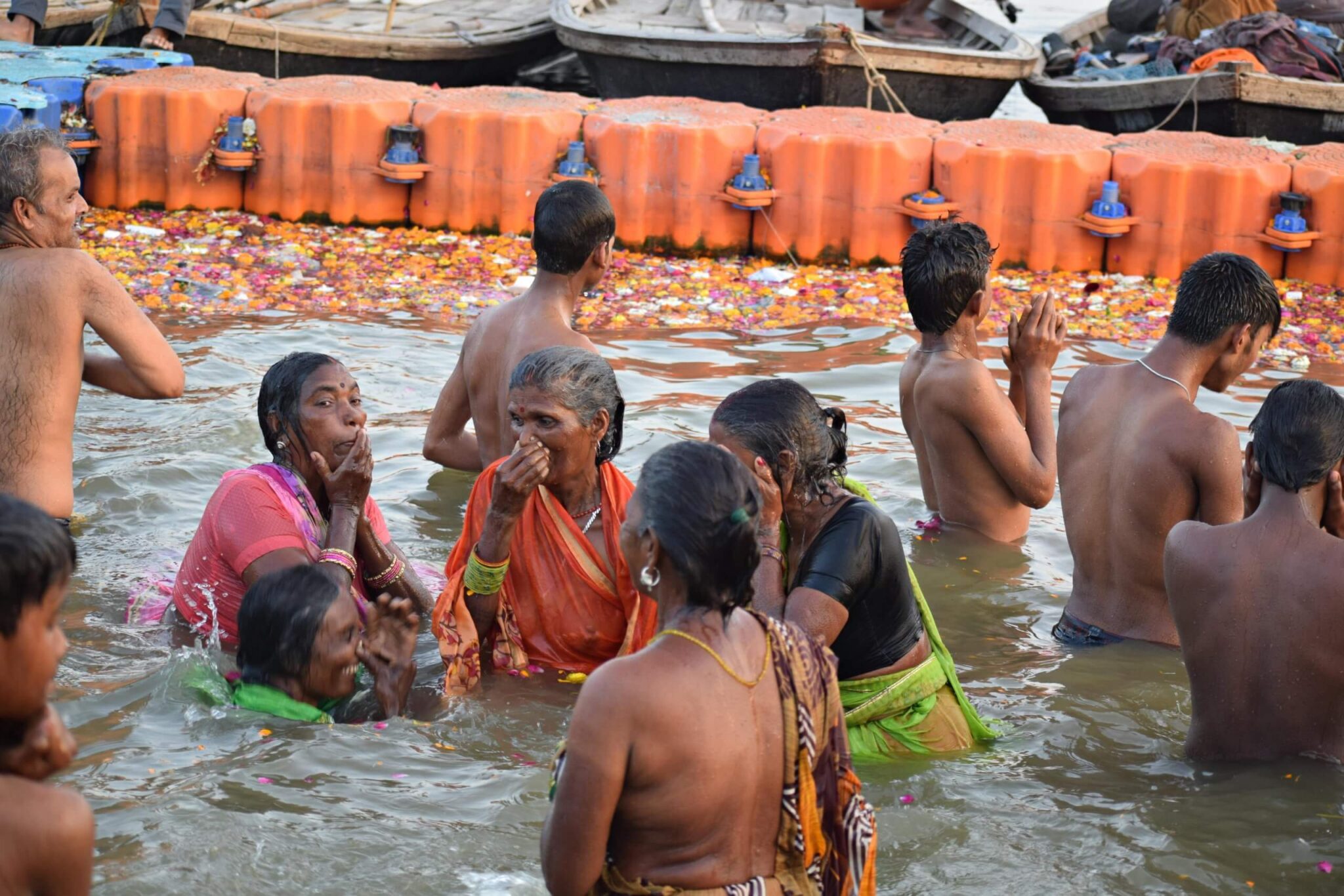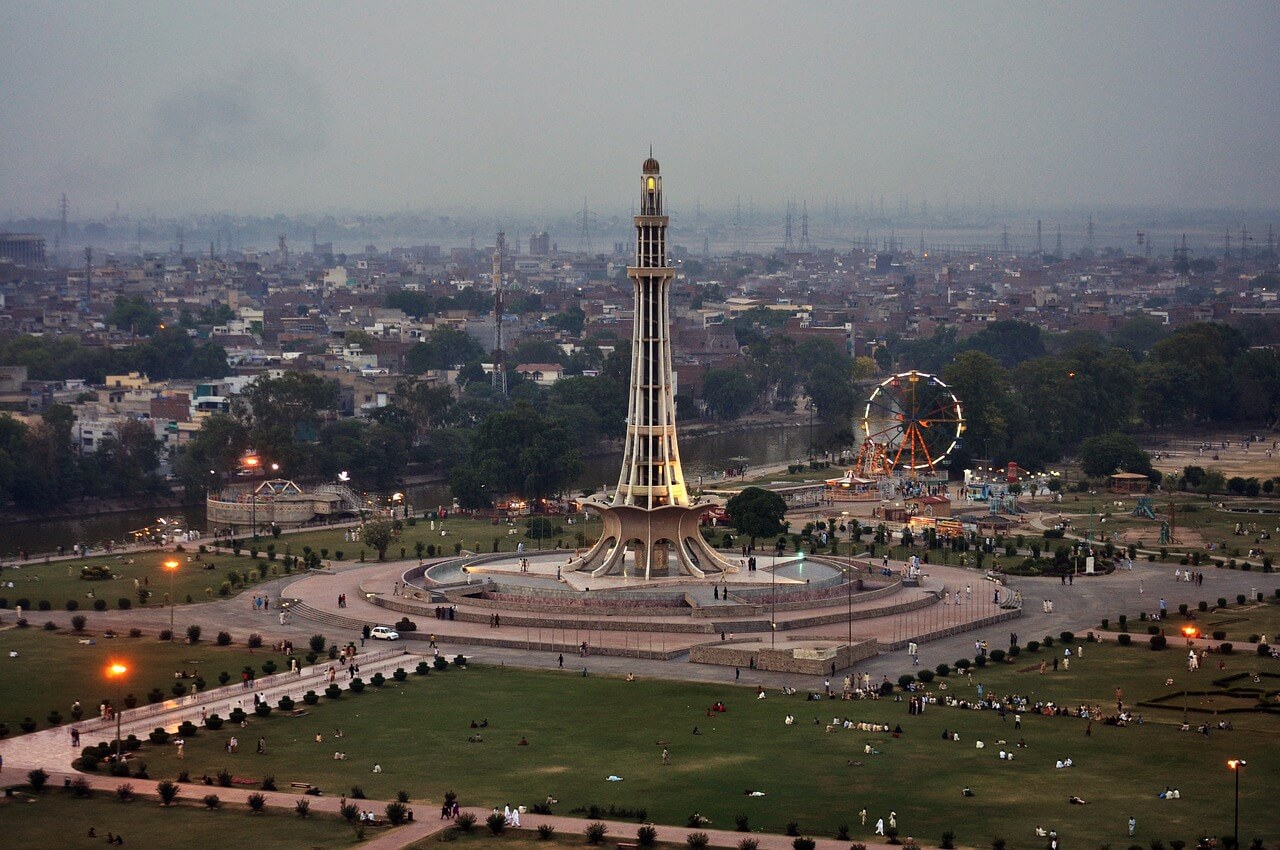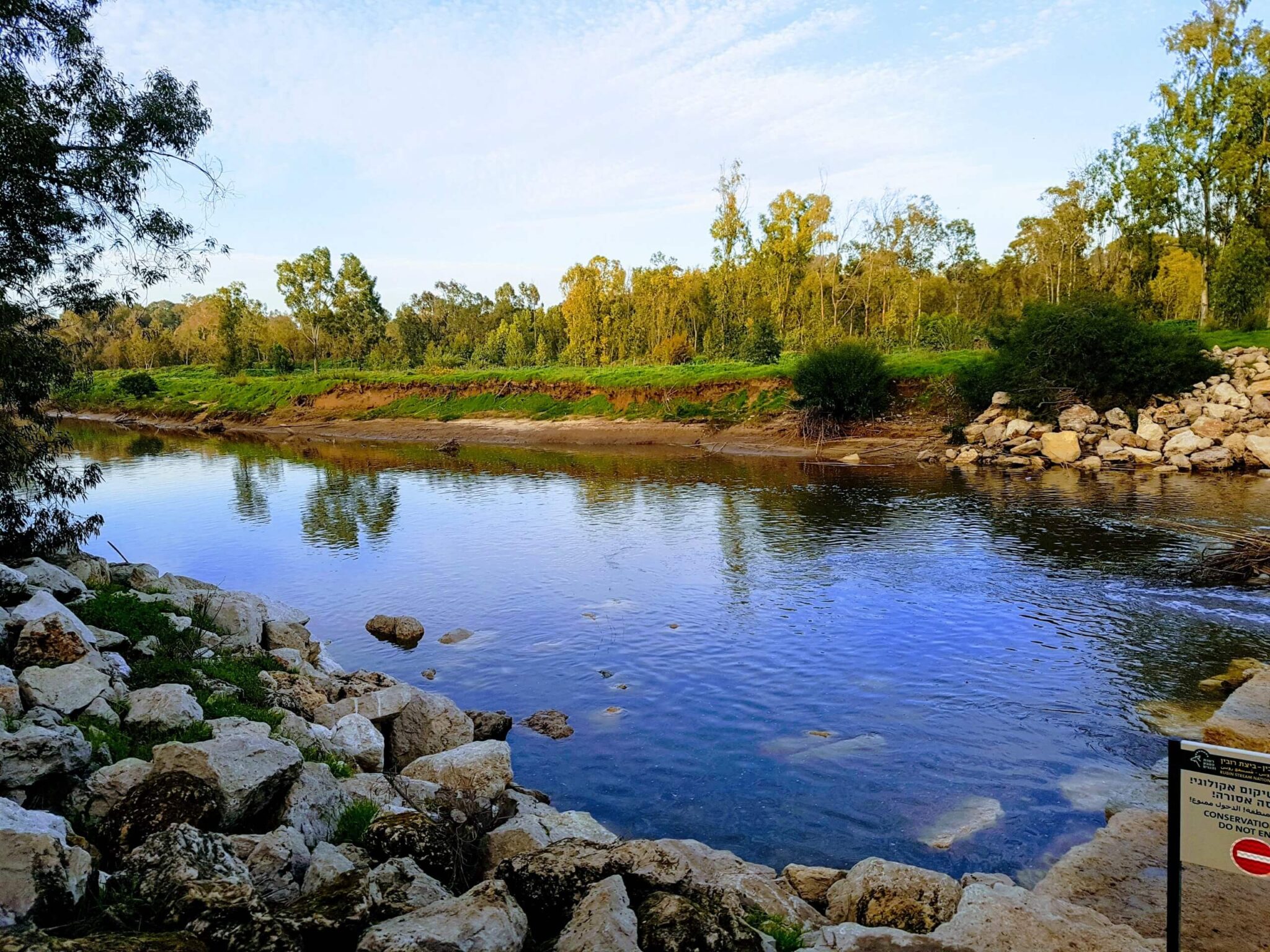Special for the holiday: these are the stories of some of the most polluted places on our planet, which would not be harmed by a "Pesach cleaning". A dirty trip around the world
In preparation for the great sponge holiday - aka Pesach, the homes of many of us received the annual treatment that cleanses them of all the stains and crumbs of the past year. But while Jews from all over the world clean their homes for hours and days until the pavements already forget what dirt looks like, the great "home" of all of us - the earth, does not receive such loving care, and only accumulates more and more waste and pollution every year.
Unfortunately, such global cleaning is most needed - especially in certain areas of the planet. In honor of the holiday, we gathered some of the most polluted places in the world - whether it is pollution of the water, the air or the land, which would benefit greatly from "Pesach cleaning" - or any cleaning whatsoever.
The Ganges River, India: How sacred, how polluted
river The Ganges, which flows over more than 2,500 kilometers in northern India, is a holy place for over a billion followers of the Hindu religion. At the same time, it is also one of the most polluted rivers in the world. Along its flow, the river is "fed" with pollution from factories that produce chemicals, from textile and leather processing factories and from many other industrial sources - including even medical waste from hospitals, which is dumped into it without filtering.
In addition to all these, the different ways in which the Indians worship the river also pollute it. They come to it to shower and cleanse themselves of sin, and throw offerings of food and flowers into it - but the flowers are often coated with chemicals to keep them fresh, and placed in non-degradable cardboard or plastic boxes, tens of thousands of which are washed away in the river every day. In addition, the Ganges is considered a favorite place for scattering the ashes of the dead after a ritual cremation - or even for sending the dead body without cremation, in the case of children.

A high excess of organic matter, which comes from all these different sources - and just garbage that finds its way into it, means that the Ganges water has a population explosion of bacteria that feed on it. In fact, there are places in the Ganges where the average coliform load, for example, is 37 times higher than the upper limit considered safe in Israel. Beyond the health risk inherent in drinking or bathing in bacteria-laden water, the bacterial excess consumes the oxygen in the water - which causes widespread mortality of creatures that live in it.
Indians are aware of the problem of dirt in the "Mother Ganga", as they call the river in its humanized form, and the Prime Minister of India, Narendra Modi, promised back in 2015 to invest 3 billion dollars in cleaning the river within five years. However, the promised money did not reach its destination, and many critics say the river is in even worse condition today than it was when the promise was made.
Lahor, Pakistan: Where breathing is bad for health
You can choose not to bathe in a polluted river, but where can you escape when the air itself is full of particles that can kill you? The winner of the dubious title "the city with the heaviest air pollution in the world" for 2022 is Lahore in Pakistan. this According to a report A recently published Swiss study, which included information from 30 air quality monitors located in 131 countries, focused on hazardous air pollution of the type PM2.5 - Pollutant particles with a diameter of up to 2.5 microns, to which exposure has been linked to an increase in the risk of many health problems, including lung diseases, cognitive impairment, heart diseases and cancer. The pollution in the city is so severe that it makes it difficult to see and affects the takeoffs and landings of planes in the area.

The reason for such large concentrations of PM2.5 in the air of Lahor is Burning of various materials - This pollutant comes from the chimneys of industrial plants, from domestic coal stoves, from energy plants that use fossil fuels, from the exhausts of cars that use extremely poor quality fuel and from burning municipal and agricultural waste. In fact, since the previous year, Hor has jumped more than ten places in the ranking of the most polluted cities: the concentration of polluting particles in it rose from 86.5 micrograms per cubic meter of air in 2021 to 97.4 micrograms per cubic meter in 2022.
Kabwe, Zambia: The City Where the Earth Kills
The city of Kabwe, located in the African country of Zambia, is often described as the most toxic city in the world. From 1925 to 1994, a mine and a lead smelter operated there, initially under British ownership and then under national ownership - which caused massive lead contamination, as well as large chromium and mercury contaminations. But even after the closure of the mine and the factory, the waste they created, known as the "Black Mountain", was never cleaned - and the lead dust continues to drift in the air and increase the concentration of the dangerous metal in the area.

About 200 thousand men and women live in Kabwe today, and those who are exposed to the greatest amount of lead are the children and toddlers who play on the ground. The effects of lead poisoning are irreversible, and include, among other things, brain damage, liver damage, hearing and vision problems, and more - problems that in severe cases can be fatal. Experts estimate that over 95 percent of the children who live near the mine suffer from dangerous levels of lead in their blood, and about half of the children need urgent medical intervention. Efforts to clean up the area's soil have already begun, but are still in their early stages.
Not just overseas
The polluted places we have mentioned so far may sound foreign and distant, but even here in Israel there is widespread pollution, which carries over from Passover to Passover. The polluted stream in Israel Today it is a whistling stream, into which water has been poured in recent years About 15 million cubic meters of wastewater and wastewater fromtreatment facilities in the area. According to the Society for the Protection of Nature, the cost of stream pollution to the Israeli economy is NIS 130 million per year. Today, extensive efforts are being made in Israel to restore Israel's streams (a good example being Nahal Kishon, which turned from the polluted stream in Israel into a stream where fish and invertebrates live), but the work required is still a lot.

Air pollution in the cities and towns of Israel is also a problem that absolutely cannot be ignored, every year. About 2,000 Israelis die prematurely As a result of exposure to air pollution and many others develop health problems. The costs arising from air pollution in the country reach more than 7 billion dollars per year. The main source of air pollution in the country today is transportation.
All the places around the world we mentioned and many others need urgent cleaning - even the most expensive supermarket carry-on won't be enough for it. But as anyone who has had to clean a particularly stubborn stain knows, it's much easier to just not get dirty in the first place. How do you do that? "The solution to this comes both from above and from below", explains Prof. Ofira Ilon from the Department of Natural Resources and Environmental Management at the University of Haifa, Director of the Environmental Quality Department at the Shmuel Na'aman Institute. "There is a need for legislation, regulation and enforcement that will make it unprofitable to pollute. But we too, with our consumption culture, need to change: we need to reuse products, share products among ourselves and reduce consumption - use a little humility and a little consideration." In this way, we can live in a cleaner, more pleasant and healthier world - and make it easier for future generations as well.
More of the topic in Hayadan:
